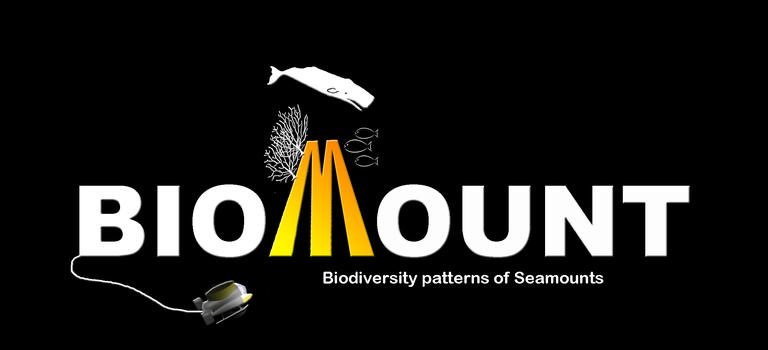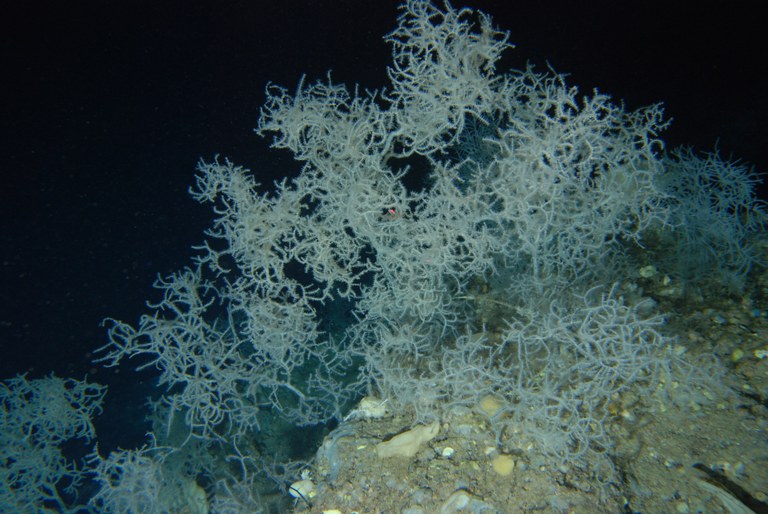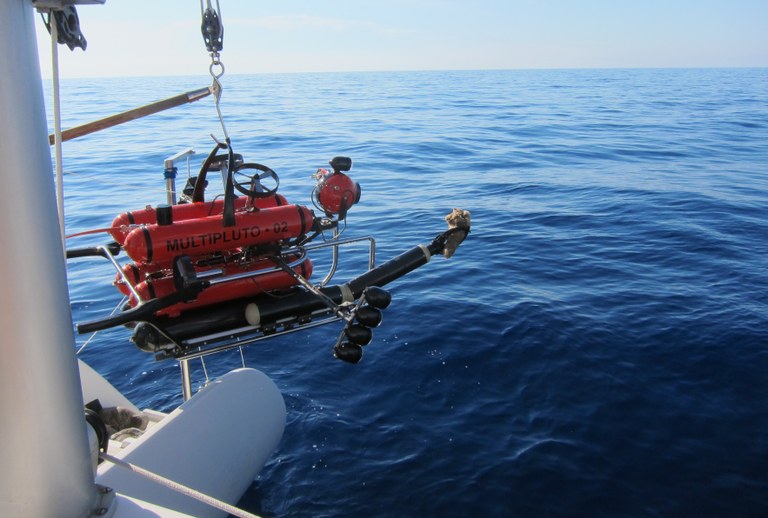
Among deep marine environments, seamounts represent crucial habitats due to their importance in the offshore ecosystem functioning. Thanks to the typical turbulent hydrological regime around these underwater mountains, these structures have the extraordinary potential to host important deep benthic assemblages dominated by habitat-forming filter feeders as corals (Cold-Water Corals) and sponges. The complex trophic nets around these structures include also rich planktonic, mesopelagic and fish communities ultimately sustaining valuable top predators. These, in turn, attract fishing activities that are known to dramatically influence benthic communities built upon fragile species characterized by a long life span, and slow growth rates. In order to protect these offshore environments it is fundamental to depict their structure, functioning, and vulnerability.
The Mediterranean Sea hosts about 230 structures, 65 of which are located in the Ligurian and Tyrrhenian seas; these mounts are basically unknown from the biological point of view despite being variously exploited by professional and recreational fishermen. Despite their great biodiversity potential, at present, no large-scale investigation has been carried out on these structures and no conservation management plan exists to protect them.
The main task of the BioMount Project is to conduce a large-scale multi-disciplinary study focused on the biocoenotic characterization and vulnerability assessment, through ROV (Remotely Operated Vehicle) technology, of the benthic assemblages thriving on the summit of 9 Ligurian and Tyrrhenian seamounts divided into 5 bathymetric ranges (euphotic, mesophotic, epibathyal, mesobathyal and abyssal). The species composition of the assemblages and their affinity with coastal and Atlantic deep sites will help to depict the biogeographic patterns of distribution of the deep fauna in the basin in relation with the main water movements. The degree of isolation of the mounts and the dispersal ability of benthic species with will investigated using genetic population technologies targeting the black coral Antipathella subpinnata. The ecology of this deep charismatic species, reflecting the functioning of the deep forests, will be evaluated for the first time with field and aquarium experiments targeting the isotopic diet, bacterial microbiome, reproduction and growth rates.
This approach will lead towards a comprehensive biological model of Mediterranean seamounts, shedding light on the origin of the deep benthic faunas, the extent and diversity of coral forests, their distribution in relation to topography and oceanographic circulation, their degree of isolation, their influence on the pelagic domain, and their vulnerability to fishing impact. These tools will be of crucial importance to fulfil future requirements of EU Marine Strategy Standards on deep marine habitat protection.



